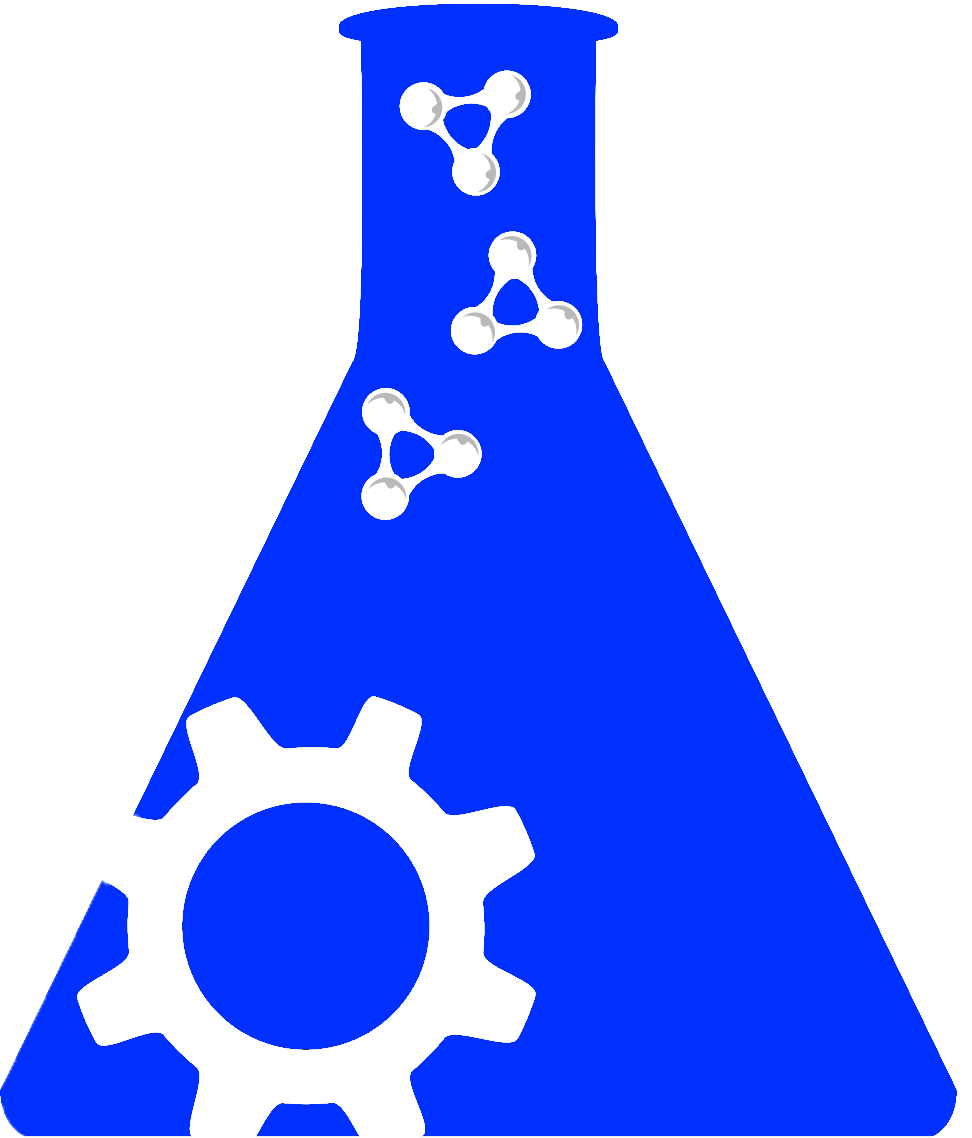Searching across hundreds of databases

In all organisms, aminoacyl tRNA synthetases covalently attach amino acids to their cognate tRNAs. Many eukaryotic tRNA synthetases have acquired appended domains, whose origin, structure and function are poorly understood. The N-terminal appended domain (NTD) of glutaminyl-tRNA synthetase (GlnRS) is intriguing since GlnRS is primarily a eukaryotic enzyme, whereas in other kingdoms Gln-tRNA(Gln) is primarily synthesized by first forming Glu-tRNA(Gln), followed by conversion to Gln-tRNA(Gln) by a tRNA-dependent amidotransferase. We report a functional and structural analysis of the NTD of Saccharomyces cerevisiae GlnRS, Gln4. Yeast mutants lacking the NTD exhibit growth defects, and Gln4 lacking the NTD has reduced complementarity for tRNA(Gln) and glutamine. The 187-amino acid Gln4 NTD, crystallized and solved at 2.3 Å resolution, consists of two subdomains, each exhibiting an extraordinary structural resemblance to adjacent tRNA specificity-determining domains in the GatB subunit of the GatCAB amidotransferase, which forms Gln-tRNA(Gln). These subdomains are connected by an apparent hinge comprised of conserved residues. Mutation of these amino acids produces Gln4 variants with reduced affinity for tRNA(Gln), consistent with a hinge-closing mechanism proposed for GatB recognition of tRNA. Our results suggest a possible origin and function of the NTD that would link the phylogenetically diverse mechanisms of Gln-tRNA(Gln) synthesis.
Pubmed ID: 22180531 RIS Download
Publication data is provided by the National Library of Medicine ® and PubMed ®. Data is retrieved from PubMed ® on a weekly schedule. For terms and conditions see the National Library of Medicine Terms and Conditions.
Non profit, private research and education institution that performs molecular and genetic research used to generate methods for better diagnostics and treatments for cancer and neurological diseases. Research of cancer causing genes and their respective signaling pathways, mutations and structural variations of the human genome that could cause neurodevelopmental and neurodegenerative illnesses such as autism, schizophrenia, and Alzheimer's and Parkinson's diseases and also research in plant genetics and quantitative biology.
View all literature mentionsSoftware for macromolecular model building, model completion and validation, and protein modelling using X-ray data. Coot displays maps and models and allows model manipulations such as idealization, rigid-body fitting, ligand search, Ramachandran plots, non-crystallographic symmetry and more. Source code is available.
View all literature mentionsA Python-based software suite for the automated determination of molecular structures using X-ray crystallography and other methods. Phenix includes programs for assessing data quality, experimental phasing, molecular replacement, model building, structure refinement, and validation. It also includes tools for reflection data and creating maps and models. Phenix can also be used for neutron crystallography. Tutorials and examples are available in the documentation tab.
View all literature mentionsA structure-validation web application which provides an expert-system consultation about the accuracy of a macromolecular structure model, diagnosing local problems and enabling their correction. MolProbity works best as an active validation tool (used as soon as a model is available and during each rebuild/refine loop) and when used for protein and RNA crystal structures, but it may also work well for DNA, ligands and NMR ensembles. It produces coordinates, graphics, and numerical evaluations that integrate with either manual or automated use in systems such as PHENIX, KiNG, or Coot.
View all literature mentions